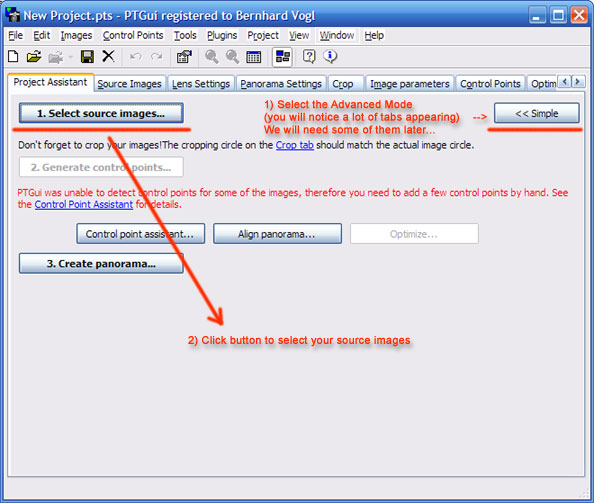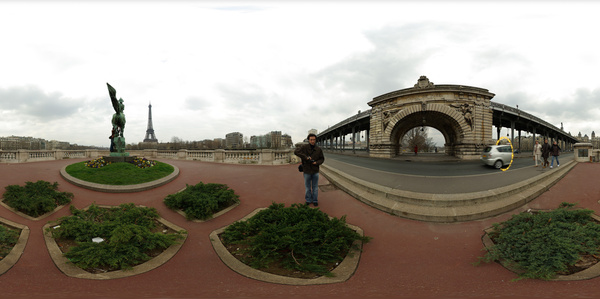

Chances are the real photo is sharp and PTGui over blended and unfortunately softened the images. However, if you want the sharpest image possible which can be viewed full screen, you will need to fix this file. Now for the time consuming part! If you only need a web image, you can get by with the output file. However, the better way is to output the panorama as separate layers with masks in one BIG photoshop file. You can output the panorama as a single flat file. From this pop-up window, you can change the panorama mode from sphere to other setting including “Little Worlds”!ĥ. Once PTGui has assembled the images, you can preview the panorama. (Vertical blends are a different matter because there will be a small gap on both the ceiling and the floor which will not be covered in the photos.) It also creates a seamless blend horizontally. PTGui really does a great job aligning all of the images. If you use Raw files, it will pull the lens and exposure info from the EXIF data. The Pro version is even 64-bit and will even link and process HDR image groups. It will import and process the Canon 7D Raw files directly. This is a great program! It handles a variety of image types including a true circular fisheye like Sigma’s 4.5mm lens. I used the same test images in both Easypano Panoweaver and Jumpeye JCPanoramaEditor. There are several programs that claim to create 360° panoramas. This means 24 images plus one image for the ceiling and the floor patches. I found that taking RAW photos in 15° increments, duplicating the starting point as your last image works best. The exact number will depend on the sharpness of the lens and the markers on the tripod head. But, if you want a super-sharp, super-large image, you will need to take more photos. I have also read about people getting buy with as little as 6 photos. The tripod must be as perfectly level as possible so that when you pan around your camera will stay level. But, all you really need is a tripod head with bubble levels (both horizontal and vertical) and degree markers. There are several companies that sell “panorama” tripod heads. All you need is one pass around in a circle. Such an ultra-wide view eliminates the needs to capture and align rows of images. This lens captures a full 180° view in a complete circle – ceiling to floor, wall to wall. I started experimenting with panoramas using the Canon 7D with Sigma’s 4.5mm f/2.8 Circular Fisheye lens. Whether it is an urban landscape or the great outdoors, a big panorama really puts the viewer in the middle.

But these have issues too: you can't tilt your head sideways (otherwise your eye alignment won't match the panorama) and it's harder/more expensive to capture.There is something truly immersing about these 360° panorama.

One way to fix this is to use 3d panoramas (stereo images).

But it also means the ground below us is 30m away! With stereo vision, we feel like we are way up in the air, even though the panorama was captured at head height. This makes things around us look far away, which tends to suit most panoramas. This sphere is probably around 30m radius (that's where our stereo depth perception breaks down). The standard way a panorama is rendered is by projecting it onto the inside of a sphere. Look around in a panorama using both eyes, everything looks ok. The problem comes in when you have stereo vision. Of course there won't be accomodation (focus), consumer VR headsets don't do that yet. There is a problem with panoramas though: depth.Īssuming you are using only one eye to view a panorama in VR, the image will be correct in all directions. Consumer 360 cameras are cheap and software like Hugin and PTGui let you turn normal photographs into panoramas. While some consider them "not VR", viewing 360x180 panoramas on a VR headset is quite cool.


 0 kommentar(er)
0 kommentar(er)
